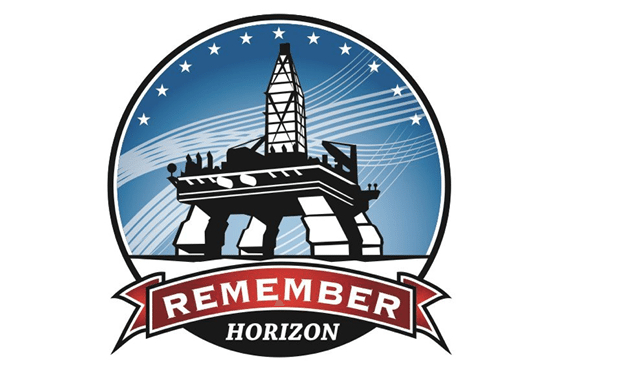The Macondo blowout caused the explosion that killed 11 people and injured many others who were working on the BP platform Deepwater Horizon in 2010. Also a huge oil spill was caused by this disaster. Was this disaster unpreventable or have their been risk management failures?
A blowout is the phenomenon that the fluid pressure within the reservoir exceeds the fluid pressure of the drilling mud. The fluids from the reservoir move due to this pressure difference fast towards the surface. These fluids contain hydrocarbons and with a pressure build up towards the surface an explosive effect is created. In other words a blowout happens when the pressure balance between the reservoir and the borehole is not maintained even.
Where did it go wrong maintaining this pressure equilibrium? When completing a well a cement mixture secures the metal casings that keep the borehole stable. Also this cement prevents flowing of oil and gas from the reservoir in to the well uncontrolled, so preventing a blowout. This cement mix they used was unstable. So the use of this unstable cement is that the blowout could occur in the first place, but there is a last resort safety measure. A device called the blowout preventer. This device is anchored to the top of underwater wells. In case of an emergency the preventer uses multiple mechanisms to coke off oil flowing up and disconnects the rig from the well. Obviously the blowout preventer didn’t do his work. The preventer failed because of faulty wiring and a dead battery. Sounds to me not as the most complex flaws and could be easily prevented.
So why did these things go wrong? BP chose a cement slurry recommended and made by Halliburton, an oil services company. This cement is lighter, because it is infused with nitrogen. BP and Halliburton had results from testing that showed that the cement slurry would be unstable, but they did nothing with this information. What about the preventer? The manufacturer had suggested individual tests, but BP just followed a standard for testing set by the industry. Also the flaws of the preventer were known beforehand. So we can say there was something wrong with the risk management. The need of safety is apparently is less strong then the need to meet the production goals. There is an imbalance between protection and production. This excessive risk-taking has killed eleven people. To me safety should never be called into question. So for companies this has to be top priority. To achieve this people have to be trained, also for unexpected events. Next a set of rules and procedures has to be in place and there have to be rewards and punishment consistent with this set of rules. At last the risk management team must develop a real-time response in case of an emerging problem.
